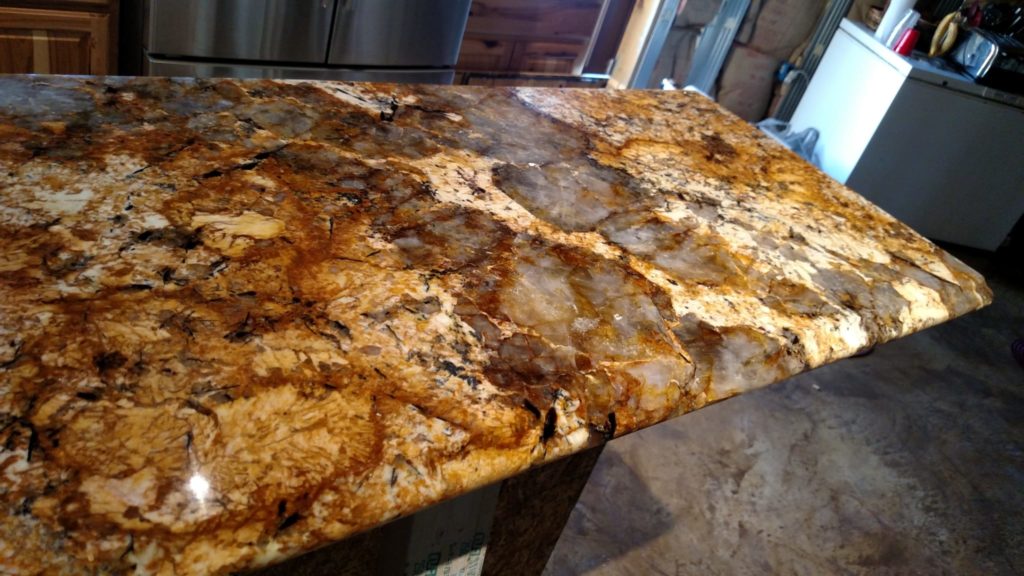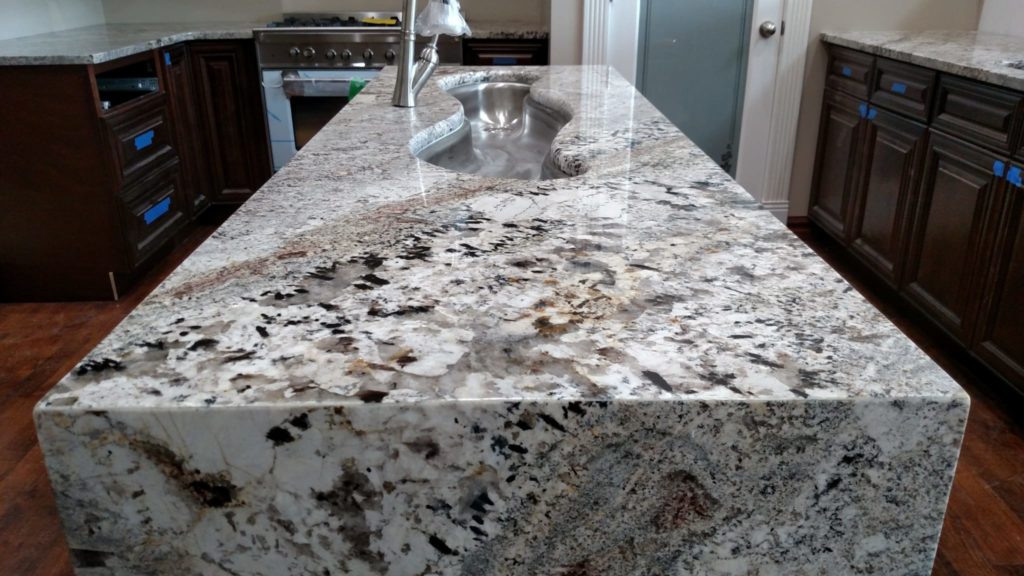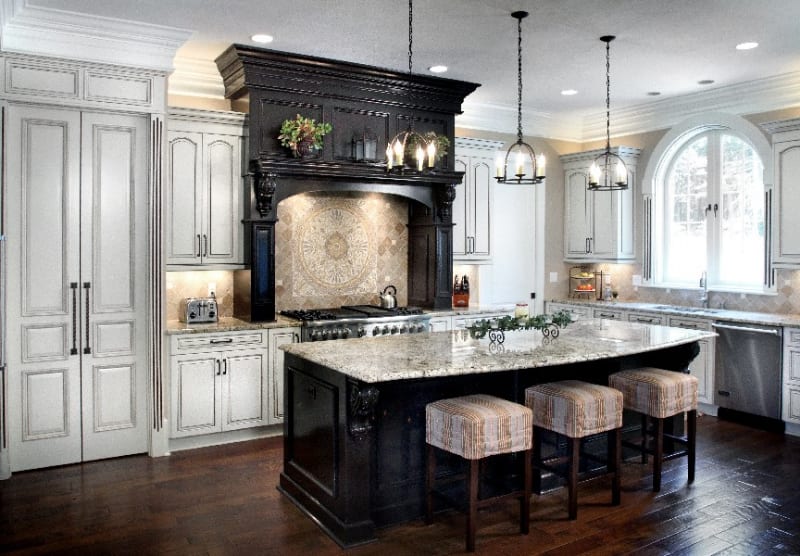What Is the Origin of Granite Stone?
The history of granite goes back millions of years. In general, granite quarries are located throughout the world: Brazil, Spain, Norway, Egypt, India, and Africa, to mention a few. The United States and Canada also have some very lovely granite rich locations. Besides the look of the actual rock, the location where the stone originates plays a vital role in the overall cost of the stone. This is due to labor and transportation.
Granite consists of quartz, feldspar, microcline or orthoclase along with one or more dark materials. When it comes to its texture, it is visibly homogeneous. In other words, it is the most popular plutonic rock of our earth’s crust, which is formed by silicate melt (the cooling of magma at depth).

Large bodies might have developed within the earth’s crust by the re-melting of igneous diversities of crustal rocks or the intrusion of new magma. The evolutionary history of granite stone can be shown by analyzing the chemistry of its large constituent crystals. Although most people believe that granite is formed by re-melting of the ancient, shallower crust, it was through the recycling of deep crustal rocks while mantle magma rose above them.
Discoveries of granite stone in the United States
Granite stone is found all over central and northern Minnesota. It generally varies in age from around 2.6 billion years in the north of Minnesota and the Minnesota River Valley to 1.7 billion years around St. Cloud. When it comes to Minnesota granites, they are composed predominantly of certain minerals like quartz, feldspar, hornblende, and mica. These rocks generally formed deep beneath the surface of major mountain ranges.
These initially deeply buried rocks are currently exposed near or at the surface because of uplift and erosion. Typically, granite is quarried for application as monuments and building stone. You could find outcrops of granite in Mille Lacs, Pine, and Stearns counties. Also, you can find them in other places in northeastern Minnesota, such as the Boundary Waters Canoe Area.
What Are Some of the Facts About Granite?
As aforementioned, granite is basically a stone formed from fire and comprises feldspar, quartz, and mica. Initially, this stone was a molten flowing mass, just like lava. As it cooled down, it turned out to be hard and very dense. Granite is, in fact, second only to diamonds when it comes to hardness. It is also resistant to scorching, cracking, scratching, and blistering. As a result, granite is the most preferred option when it comes to natural stone for bath, kitchen, and commercial countertops.

Because of its high gloss, polished granite tends to reflect light beautifully, which adds elegance to any space or room. What’s more, you should never expect the high gloss finish to wear off. You can clean granite easily by using only warm water and a soft cloth.
In general, granites are quarried all over the planet in the form of large blocks and then broken down into slabs. Then, these slabs are carefully fabricated and crafted using a fabricator to the specific form you desire. Due to the advancement in tool quality and technology, diamond saws have significantly reduced the energy and time required to quarry granite. As a result, the reduction has brought down the price of granite, which makes it more affordable to builders and homeowners.
Granites also have distinct patterns or veining. Most stones rarely change in terms of their tight quartz-like appearance. However, others consist of veins that change and swirl irregularly. So, small samples can’t give a clear general picture of a high-movement stone. For this reason, it’s prudent that you check out the slab before the fabrication or selection.
The word granite is formed from the Latin term “granum,” meaning “grain” because of its granular nature. On the other hand, the Italian word for granite is derived from the past participle of “granire,” meaning to make grainy or granulate.

The history of granite stone shows wide applications of granite that are still visible today, offering the strength and durability of this natural product. Chateaus and palaces can be found all over Europe where marble and granite still stand the test of time. Granite stone was historically applied as a building material but was only available to the rich. Its applications included the covering of floors, counters, walkways, pillars, and walls.

